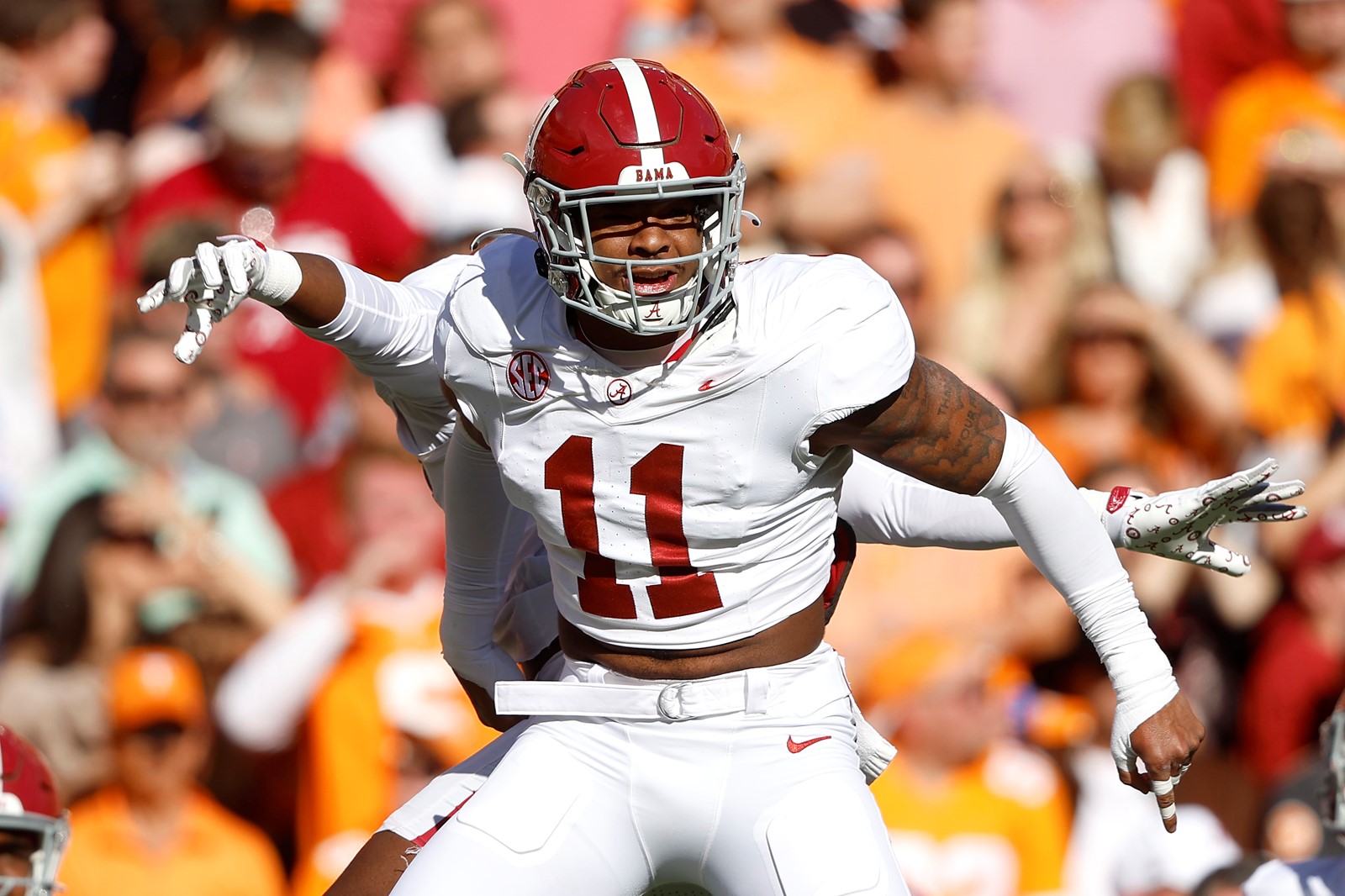
Q >> We addressed a lot of holes during free agency. What do you think we target in the first round now? I know we still need a running back and some more weapons for Bo Nix, but I’d love to see us go best player available. Improve our corners? Another interior lineman on defense?
— Mike, Denver
Parker >> You’re right that Denver still needs a running back, but it’s a deep class at that position. If the Broncos think a guy or two — let’s assume Boise State’s Ashton Jeanty is off the board but North Carolina’s Omarion Hampton and the rest are still available — are a cut above the rest, then they’ll entertain taking one early.
Same goes for tight end. It’s a deep draft, but if there’s one Denver thinks can be special, it won’t hesitate.
Otherwise, the simplest way to handle the first round in particular is to take the best possible player you can. A guy who is not easy to find on the market.
Could that be a defensive lineman? This draft has a bunch that will come off the board in the first 40 or so picks. A defender at a different position? The Broncos addressed those needs in free agency, but if you think Alabama linebacker Jihaad Campbell or South Carolina safety Nick Emmanwori transforms your defense, then go for it. There’s not a lot of consensus about the wide receiver class this year, but there are a handful of different body types and if the Broncos think one of them is a No. 1, that’s a pick that could pay dividends well into the future.
Bottom line: It’s easy to look at the pool of Jeanty, Hampton and tight ends Colston Loveland and Tyler Warren and say, “Yeah, any one of those will do.” But the Broncos have the flexibility to go another direction if they want or if those guys are all off the board.
Q >> With the draft so deep at tight end and running back, why don’t we trade back, pick up an extra second- or third-round pick, and fill more needs?
— Moby Dick, Littleton
Parker >> We’ve seen this play out each of the past two drafts, but we know general manager George Paton and head coach Sean Payton are wired differently when it comes to the draft. Paton likes to trade down and collect picks. Payton likes to target a player and go get him.
The interesting thing about No. 20 is how the Broncos feel about the overall quality at the top of the board. If there’s a guy who they have graded as a true first-round talent still sitting there, they’ll almost assuredly just grab him. If you get into the bell curve where the top-shelf talent is gone and you’re in a clump of, let’s say, 15-20 guys who have similar grades, then of course you’d love to move back, gain extra capital and still be in position to get one of those guys.
The trick is that it takes two to tango. If the teams behind Denver feel the same way about the way the board stacks up around No. 20, then it could end up being difficult to find a partner who wants to come up. Of course, it just takes one team and one player for somebody to make a deal.
Then the next question is return. The way Payton has talked about draft trades during his time in Denver, it seems as though he uses something approaching the Jimmy Johnson model for valuing draft picks.
Usually, a team trading up in the first round is going to pay a bit of a premium, but if you just took the straight pick values, it looks as though Denver would have to trade back a considerable way to get a second-rounder in return.
For example, the Jimmy Johnson model values No. 20 at 850 points. Philadelphia’s No. 32 (590) and No. 64 (270) total up to 860. Minnesota’s first (No. 24, 740 points) and third (No. 97, 112) come out to 852.
There are a lot of ways to balance out draft deals, but it takes both sides wanting to do so.
To your overarching point, though, given the apparent depth of this draft at running back, tight end and on the defensive line in particular, trading down should have some allure to the Broncos depending on how the board falls.


 PREVIOUS ARTICLE
PREVIOUS ARTICLE
